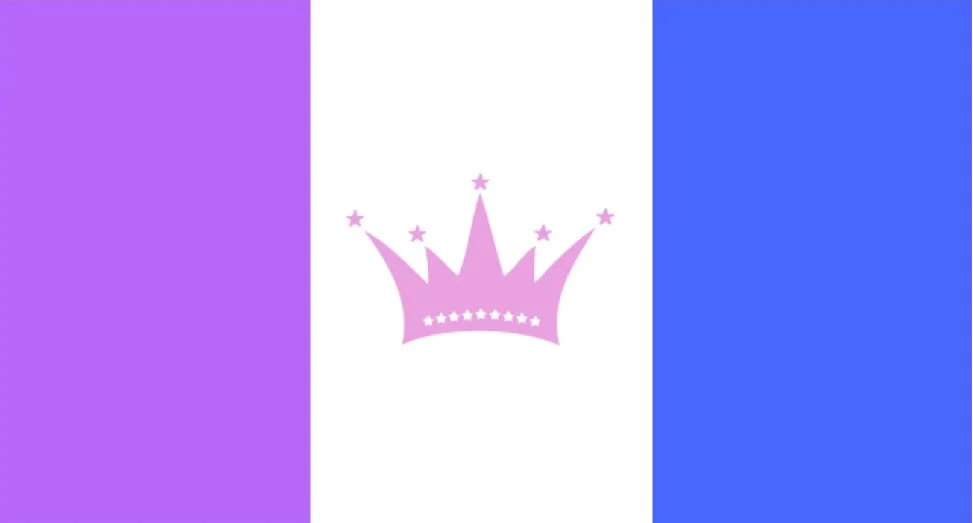Drag Queens (Female Illusionists) have had a long history on the stage long before Rupaul's Drag Race came to the screens of of the world. In the late 1800's Drag Queen as a term is speculated to have come from the dragging of their victorian garb and the queen was at the time a derogatory word used against the LGBTQA Community.
Madame Pattirini
Brigham Morris Young was known as Madam Pattirini, Accounts to her falsetto was so convincing no one doubted Madam Pattirini. Drag was a popular and acceptable form of theater in London.
"Drag doesn't have a clear "big start" but rather several times that it comes in and out of favor in the mainstream. In the 30s drag became hugely popular for a very short handful of years.", one of our resident drag historians, Lady J Martinez O'Neal.
So, It seems that like Rupaul today there are some great names in drag at the time and the biggest is speculated to be ulian Eltinge shown here on this video. He toured simply as "Eltinge" which left his sex unknown and his act included singing, dancing and quick costume changes in a variety of female roles, including a Gibson Girl-like role called "The Sampson Girl".
"Drag's transition to where it is today is extraordinarily complicated, but a simple way to sum it up for a short piece like this would be to say that where drag in the 30s came out of vaudeville and burlesque and nightclubs, now drag takes its influences from everything from pop culture,
Las Vegas showgirls and burlesque to underground art, punk aesthetics, and ironic send up's of pop culture that often celebrate the campy aspects of something while also critiquing and satirizing politics. It's so much more complicated than this", says Lady J.


